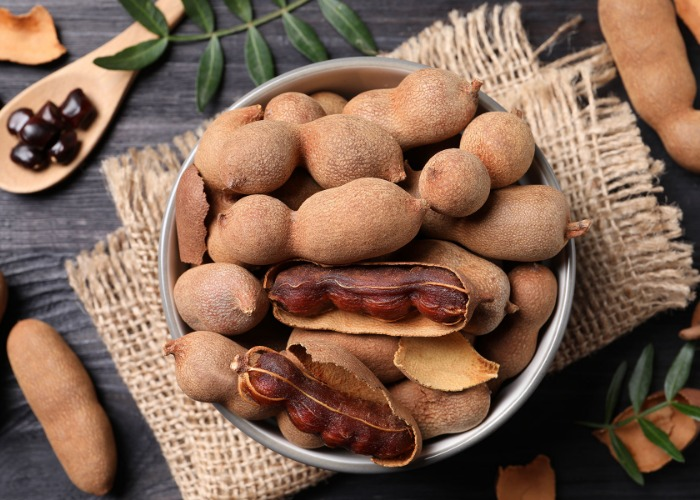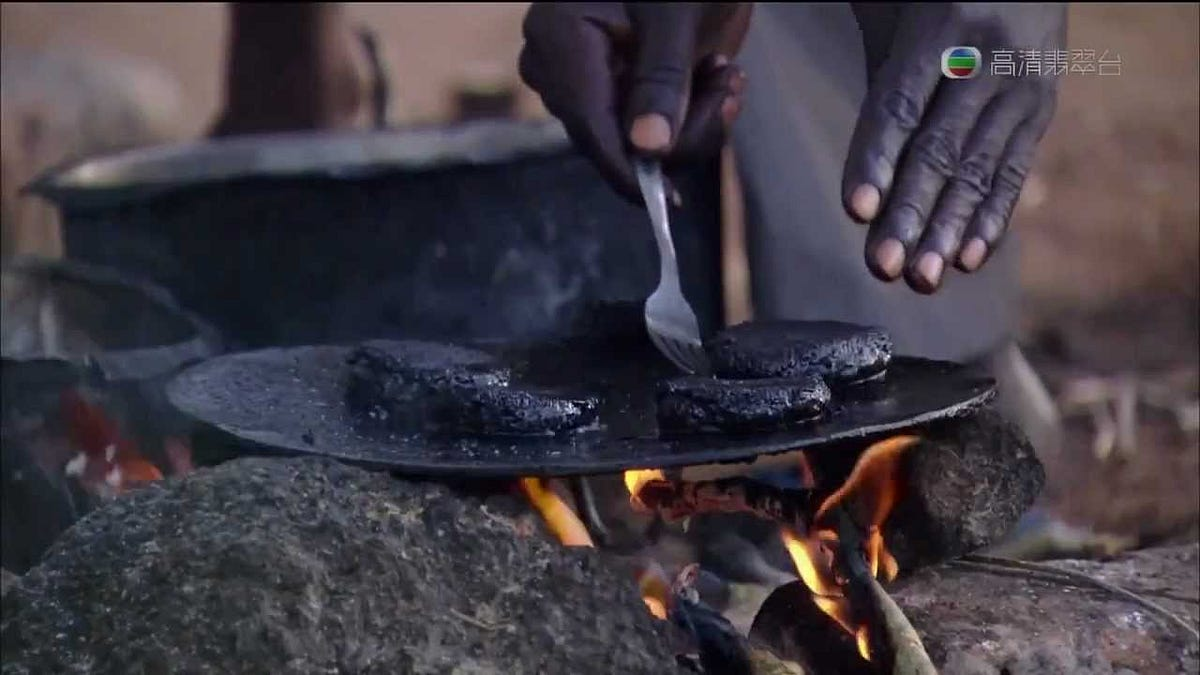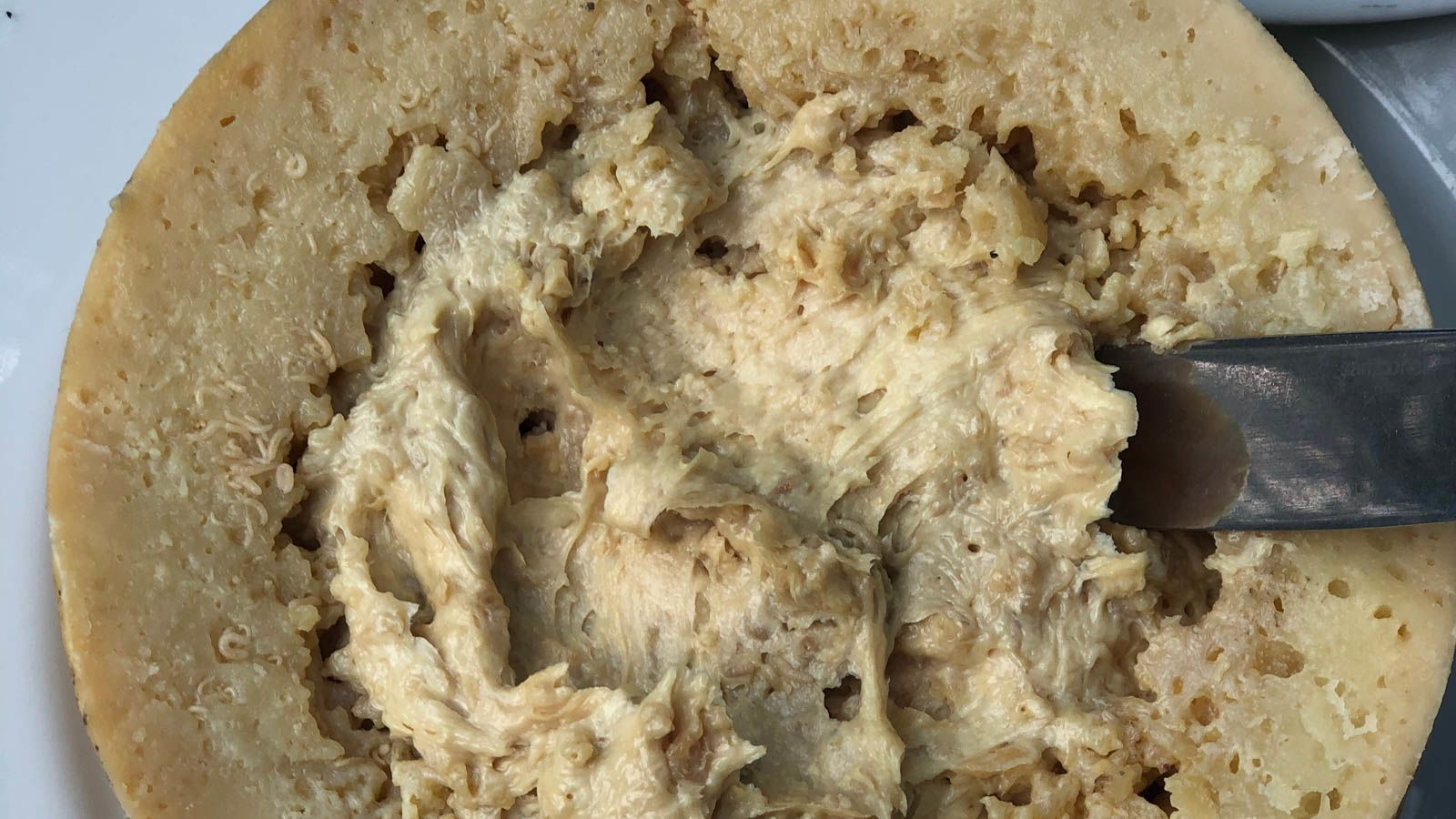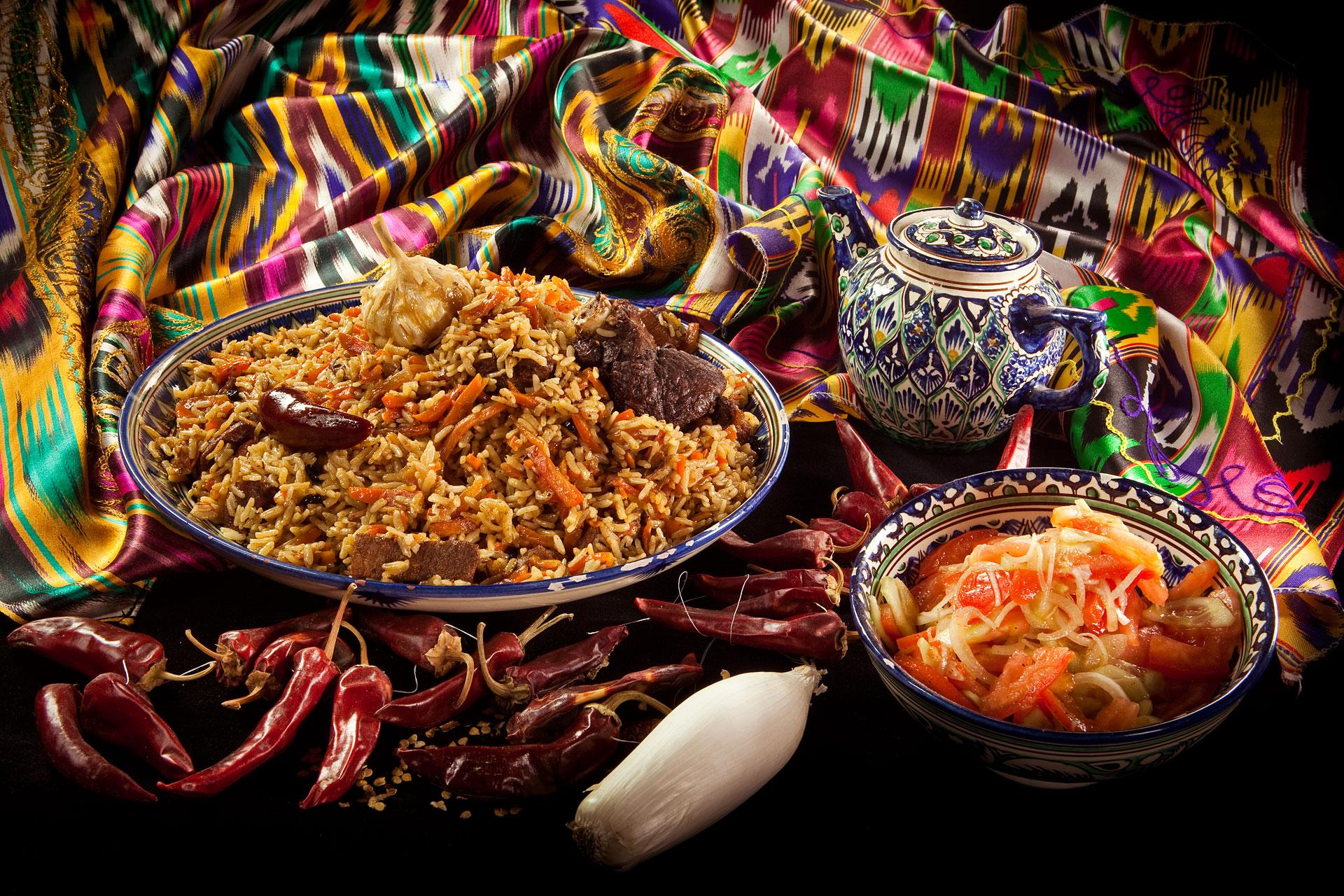innovuscollege.com – Wine is more than just an alcoholic beverage. It’s a complex, ancient creation that holds countless surprises, with a rich history, cultural significance, and some rather unusual facts. Whether you’re a casual drinker or a seasoned connoisseur, you might be surprised by how much there is to learn about wine. Here are some strange and fascinating food facts about wine that will make you see this beloved drink in a whole new light.
1. Wine Can Age Like Fine Art
We all know that some wines improve with age, but did you know that wine undergoes chemical changes that affect its taste, aroma, and texture as it matures? High-quality red wines like Bordeaux or Barolo can be aged for decades, transforming into more complex and refined versions of themselves over time. Proper storage is key, though—wine needs a cool, dark, and humid environment to reach its peak potential.
Interestingly, some wines are not only enjoyed for their flavor but also treated like collectible art, gaining value over time. For wine collectors, a bottle from a certain vintage can be seen as an investment—just like rare paintings or antiques.
2. Wine Has Its Own “Language”
Tasting wine isn’t just about sipping—it’s about understanding its intricate layers of flavors, textures, and aromas. The world of wine comes with its own unique vocabulary. Some terms might sound strange if you’re new to the scene, but they’re essential to describing the wine’s characteristics:
- “Tannic” refers to the dryness and astringency often felt in the mouth, especially in red wines.
- “Oaky” describes the influence of oak barrels, which can add flavors like vanilla, spice, or even smokiness.
- “Barnyard” may sound off-putting, but it’s used to describe a wine’s earthy, rustic aroma, often found in some red wines like those from Burgundy.
These are just a few examples of the many descriptors wine experts use to communicate the subtle nuances in a bottle of wine. For sommeliers and wine enthusiasts, this language opens up a whole new world of tasting.
3. Wine Isn’t Just Made from Grapes
When we think of wine, grapes are usually the first thing that comes to mind. But fruit wines, made from a variety of fruits other than grapes, have been around for centuries. You can make wine from nearly any fruit, including apples, peaches, plums, and even dandelions!
Some well-known fruit wines include:
- Apple wine (or cider) is popular in many parts of the world.
- Plum wine is a traditional drink in East Asia, particularly in Japan and China, known for its sweet, slightly tangy flavor.
Fruit wines tend to be lighter than traditional grape wines, and they often have a lower alcohol content. They’re a refreshing and flavorful alternative for those seeking something a little different.
4. The “Legs” of Wine Aren’t Just for Show
Next time you swirl your glass of wine, take a closer look at the “legs” (the droplets that form on the inside of the glass). Many people think the legs are just a visual effect, but they actually reveal something important about the wine. The legs are created by the evaporation of alcohol and water at different rates.
Wines with higher alcohol content will often have more pronounced legs, as alcohol evaporates faster than water. So when you see those slow-moving drops, you’re not just looking at a pretty sight—you’re also seeing an indicator of the wine’s strength!
5. Wine Can Help Clean Your Teeth (Sort Of)
Wine may not replace your toothbrush, but it does have some surprising benefits for your mouth. The tannins and polyphenols in red wine have been shown to fight bacteria in your mouth, potentially preventing tooth decay and bad breath. However, red wine is also acidic and can stain your teeth over time, so don’t skip brushing your teeth after a glass!
While it’s not a substitute for proper oral hygiene, the next time you enjoy a glass of red, you can feel a little better knowing that it might be doing some good for your teeth (in moderation, of course).
6. Wine Tasting Has Ancient Roots
Wine tasting may seem like a modern hobby, but it’s actually an ancient tradition. In ancient Greece and Rome, wine tasting was an important part of social gatherings. The Greeks even had a special term for it: “symposium”, which referred to a meeting where people would taste wine and engage in philosophical discussions.
In Rome, wine experts were often tasked with selecting the best wines for these events. While today’s wine tasting events might feel a bit more refined, the practice has been around for centuries and continues to bring people together to appreciate the finer details of wine.
7. The Oldest Wine Bottle in the World is Over 1,600 Years Old
Wine has been enjoyed for millennia, and some bottles have stood the test of time. The world’s oldest known bottle of wine was discovered in Germany in 1867. Estimated to be over 1,600 years old, this ancient bottle is a relic from the Roman era. It is believed to still be drinkable, although the taste would likely be very different from modern wines due to the effects of aging.
The fact that wine can survive for such a long time—preserved in a sealed bottle—speaks to its incredible durability and timeless appeal.
8. Wine Can Be Made Using Spider Silk (Sort Of)
This one might sound like a science experiment, but it’s true! Some natural winemakers use spider silk in the wine-making process. The silk is used during fermentation to help clarify the wine and enhance certain organic reactions, resulting in a wine that is pure and unfiltered.
This unusual technique is just one example of how winemakers are continually experimenting with new methods to push the boundaries of wine production. It may sound strange, but it’s part of the fascinating world of winemaking that constantly evolves.
Conclusion: Wine Is Full of Surprises
Wine is a much more complex and fascinating beverage than it may first appear. From its ability to age like a fine art to the strange scientific processes involved in its creation, there’s always something new and surprising to learn. Whether you’re a wine novice or an experienced connoisseur, there’s always something new to discover in the world of wine.





